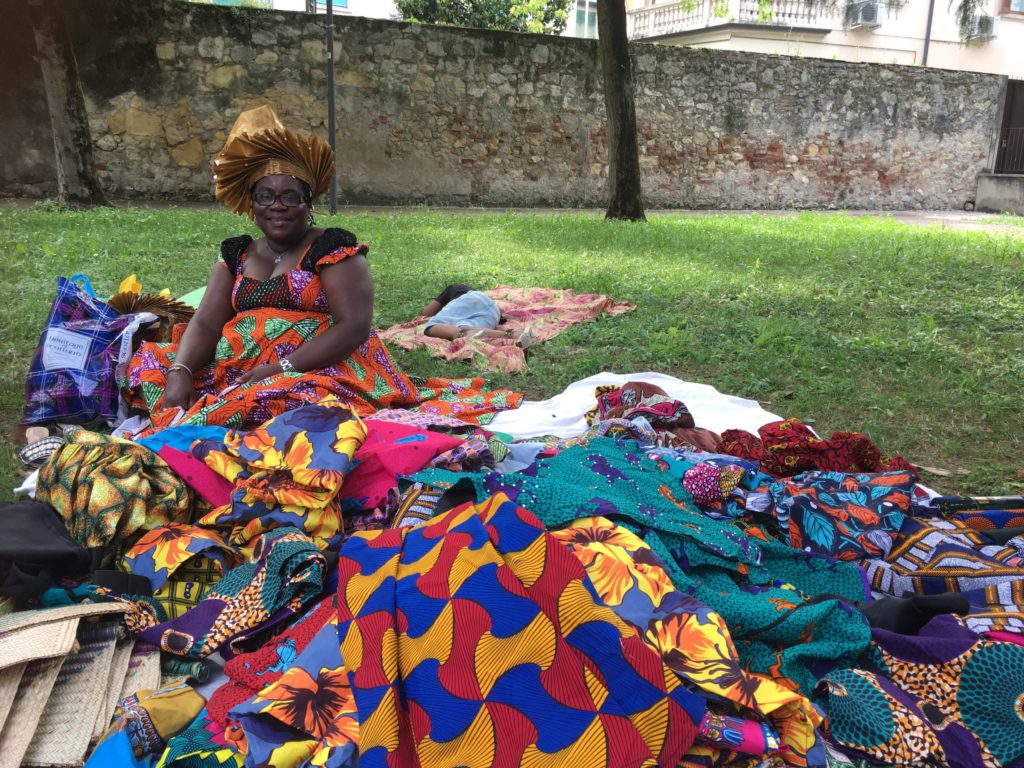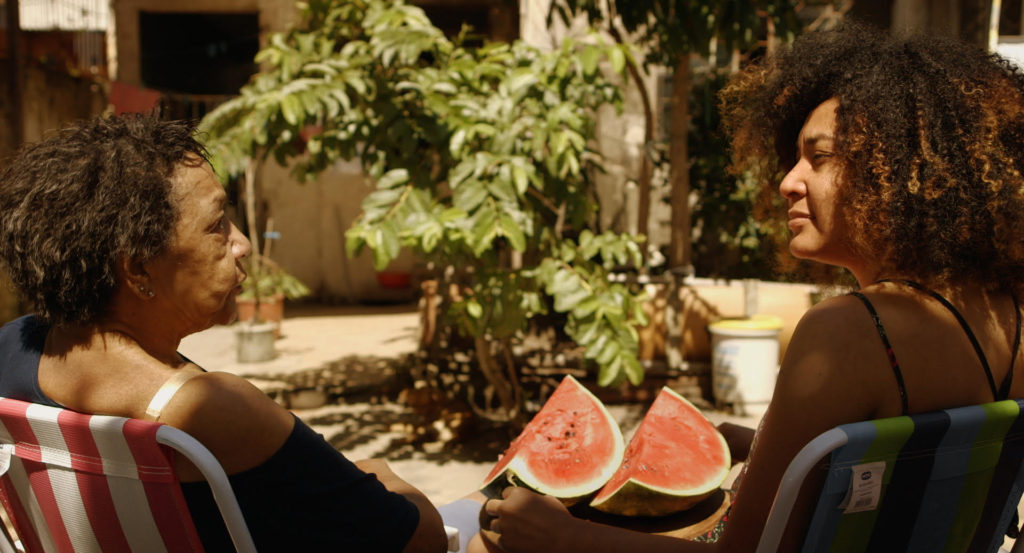The Trump administration has reintroduced some of its most contentious border measures, including the shutdown of the CBP One app and the suspension of asylum programs. These policies have led to renewed targeting, detention, and deportation of migrant communities, leaving thousands seeking safety in increasingly perilous conditions.
by Tania Roa
Every day, hopeful migrants traverse the harsh deserts and treacherous mountain regions of the southern United States in search of safety, shelter, and opportunity. While these dangerous journeys are often reported in the news, the struggles of women and girls—who are vulnerable to violence and exploitation—are frequently overlooked.
Since his first presidential term, Donald Trump’s policies have directly targeted migrant communities and women’s health. Now, during his second term, the growing impacts of climate change and global conflicts have made the already dangerous journeys of migrants even more urgent and fatal.
The Impact of Trump Policies
Trump and his supporters often use harsh, inflammatory rhetoric to characterize migrants as criminals, gang members, or even sexual predatorsThis is done to galvanize public support for increasingly punitive border policies. These prejudiced labels are also part of a broader strategy to dehumanize migrants, instill fear, and justify aggressive enforcement measures or rollbacks of migrant protections.
Additionally, Trump has repeatedly used belittling and misogynistic insults toward women, including journalists and his 2024 Democratic opponent, Kamala Harris. His administration has also passed policies threatening women’s health and reproductive rights. The intersection of these narratives disproportionately affects migrant women, many of whom lack legal protections in the U.S., making them especially vulnerable to discriminatory practices.
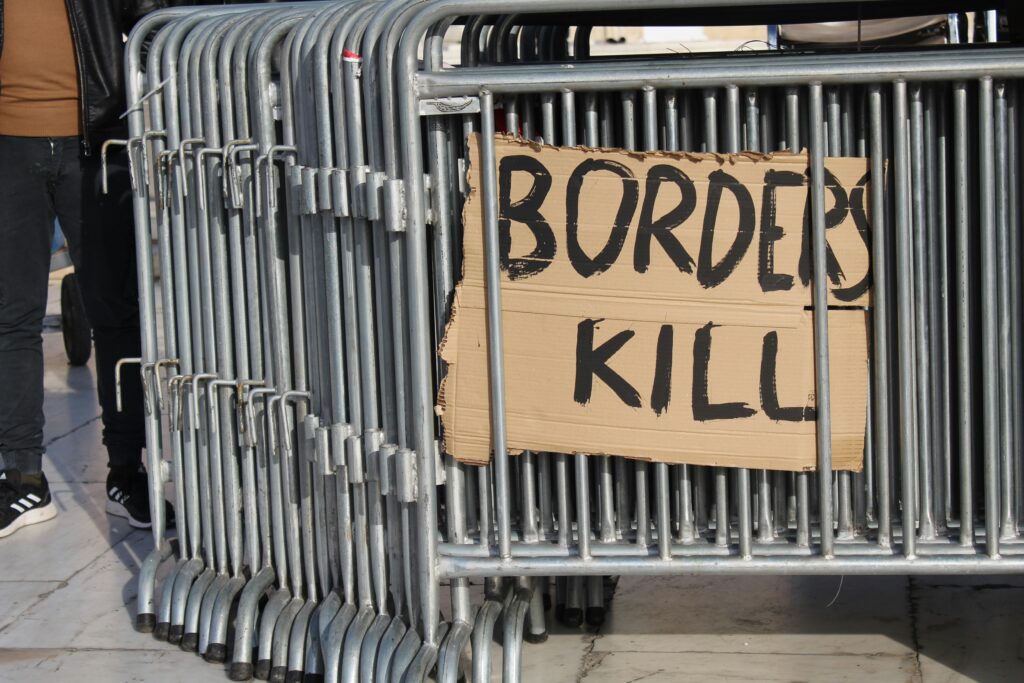
Despite promises to focus on undocumented immigrants with serious criminal convictions, U.S. Immigration Customs Enforcement (ICE) data illustrates the reality: people who have contributed to American society and the economy are being targeted, detained, and deported illegally. Of the 435,000 unauthorised immigrants with criminal convictions identified by ICE, less than 3,000 had been arrested as of May 2025.
Testimonials of those who have been detained and deported without trial depict the severe human rights violations committed by ICE. Many report feeling as though they were kidnapped, as they were arrested by ICE officials wearing plain clothes, with their faces covered, and without proper warrants. Detainees are then refused a proper trial, and afterwards sent to countries they barely know, or have never lived in.
Suspension of Asylum and Refugee Programs
Seeking asylum in the U.S. has been legal since 1980. Migrants fleeing violence and persecution are entitled under international and U.S. law to request entry. By suspending both the asylum and refugee admissions programs, the Trump administration has effectively shut down two of the few legal pathways to U.S. residency and citizenship.
According to the U.S. Department of Homeland Security, under the Biden-Harris administration in 2024, “female refugees had a higher median age,” and admissions rose each year from 2022 to 2024—reaching 100,060 refugees admitted in 2024, the highest number since 1994. These figures underscore the global need for humanitarian protection—yet the Trump administration is actively rolling back these critical programs.
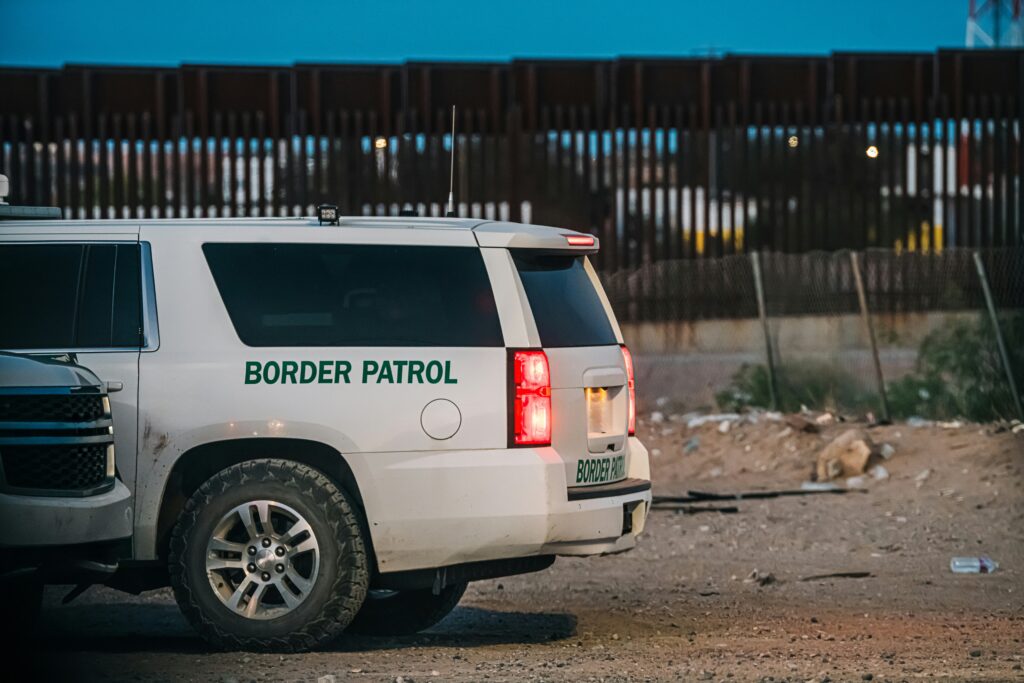
The Shutdown of CBP One
CBP One is a U.S. government app that allows migrants to schedule appointments with immigration officials. Just hours after returning to office, Trump ordered the app’s shutdown as part of his larger strategy to restrict regular migration. At the time, tens of thousands of migrants with scheduled appointments were notified that their court appearances had been canceled. In the past, CBP One had enabled nearly 1 million people to legally enter the U.S. and apply for work eligibility. Its closure abruptly removed another vital legal pathway for thousands of families.
Before the shutdown, approximately 280,000 people attempted to access the app each day. Many had already spent weeks or even months waiting at the U.S.–Mexico border, hoping for an appointment slot to open. These prolonged waits came after long, hazardous journeys,often involving significant health risks.
With the app no longer functional, migrants are left with few options: remain at the border without shelter or protection, seek precarious refuge in unfamiliar areas of Mexico, or return to the countries they fled,where the dangers that prompted their escape persist. All of these choices carry serious risks, particularly for women and children, who are especially vulnerable to theft, exploitation, and violence in the absence of safe housing or support.
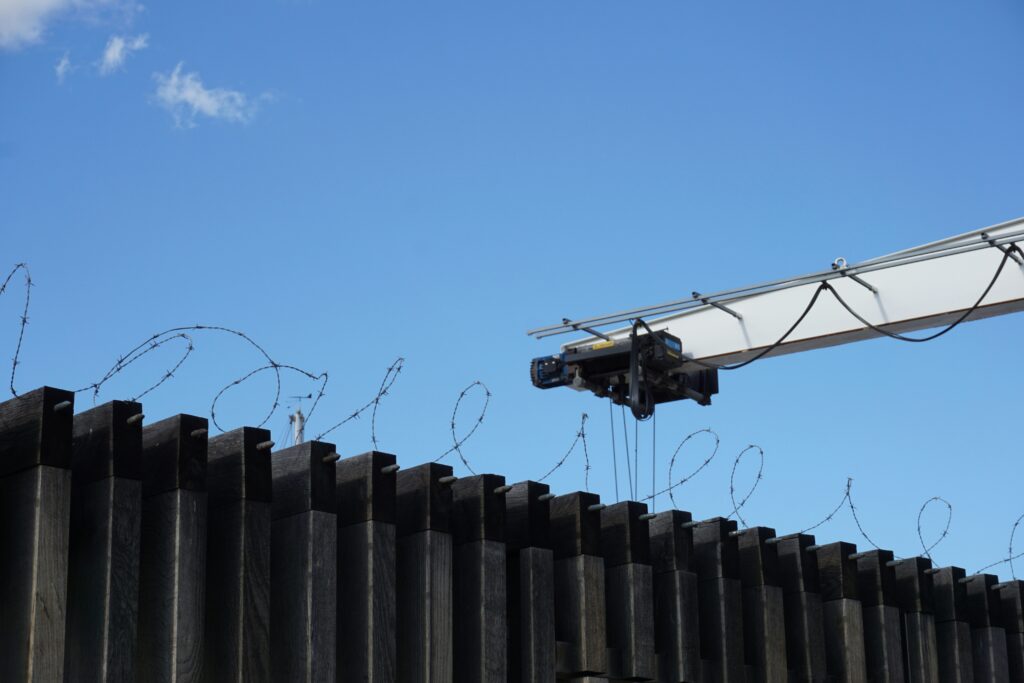
The “Remain in Mexico” Policy
Formally known as the Migrant Protection Protocols (MPP), the “Remain in Mexico” program was first introduced in 2019 under the Trump-Pence administration. It forces asylum seekers to wait in Mexico for their court hearings, often for months or even years.
The Biden-Harris administration ended the program, citing widespread human rights abuses as one reason for doing so. Nonetheless, Trump has now reinstated it, leading to renewed concerns over human rights violations.
A Humanitarian Crisis, Not a Migrant One
Trump’s border wall is a physical representation of the division, exclusion, and fear his administration wishes to create between different ethnicities and nationalities. Despite the administration’s many attempts to deter migrants, there are multiple factors driving people to seek shelter, livelihood, and safety. Environmental devastation, including droughts, hurricanes, and desertification, is displacing families across the globe.
Migrants understand the risks of the journey, and the harsh stance of the U.S. government, yet many still choose to take the risk, because doing nothing often means death, instability, or continued violence. Migrating is often a last resort to create a new life with a more stable future.
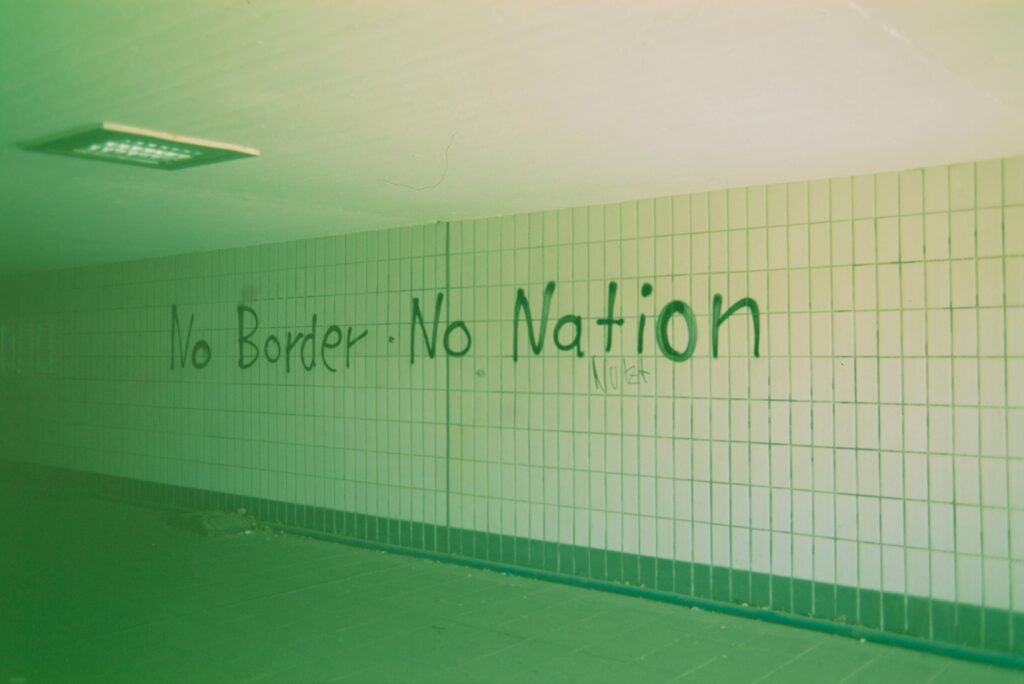
The Role of Mutual Aid: Border Kindness
Since 2018, Border Kindness has been providing life-saving support along the U.S.-Mexico border. The nonprofit supplies food, water, medical care, legal aid, and clothing, meeting urgent needs for migrants failed by official systems.
““People of Color are being stopped for their skin colour or their accent, and women are especially vulnerable during these times. At the same time, funders have stopped supporting organizations like ours that support migrants and immigration reform. They’re afraid of being accused of funding anti-American or illegal activities.”, said Kelly Overton, Founder of Border Kindness.
Mutual aid is simple. You don’t have to have a lot, but you can share what you have.
Kelly Overton, Founder of Border Kindness
He continued, “Recently, we have been relying more on community-led fundraising, the artist community, and small donors. That’s why mutual aid is needed now more than ever. Mutual aid is simple. You don’t have to have a lot, but you can share what you have. We at Border Kindness facilitate mutual aid by redistributing resources to where they’re needed most. It puts us at risk, but we are honoured to do it. Redistribution looks like a woman in Chicago, Los Angeles, or Austin helping a woman at the border receive baby formula for her young child. They offer what they have, even if it isn’t much. The importance of mutual aid is continuing to give to the people who need it, and that’s what we’re able to do thanks to those willing to share what they have, no matter how much that is.”
Nationwide Resistance and Solidarity
The fight for migrant justice doesn’t stop at the border. Across the U.S., individuals and organizations are resisting the Trump administration’s extreme and punitive immigration policies.
Organizations like the National Immigration Law Center, Freedom for Migrants, and The Bridge (The Haitian Bridge Alliance) continue to organize, educate, and provide direct services. In Los Angeles, community members protested ICE tactics for weeks. Online, two women created a database to track ICE raids to inform communities impacted. Across the country, neighbors have stood between ICE and their communities—forcing agents to leave.
Americans are speaking out, showing that solidarity is stronger than fear. As the federal government doubles down on cruelty, grassroots resistance continues to rise.
This article was produced in partnership with Border Kindness for Migrant Women Press.
Learn more about Border Kindness work here: borderkindness.org

Tania Roa graduated from Tufts University with a Master of Science in Animals and Public Policy. She now works for environmental nonprofits, helping them expand their reach. Through her articles, presentations, and nature photography, Tania emphasizes the interconnections between animal, planet, and human health. She advocates for climate and social justice by spreading awareness, such as through the podcast she co-founded: Closing the Gap. Tania enjoys travelling, snorkelling, and hiking.
LinkedIn: https://www.linkedin.com/in/tania-roa-902/
Instagram: @tierra_tania


